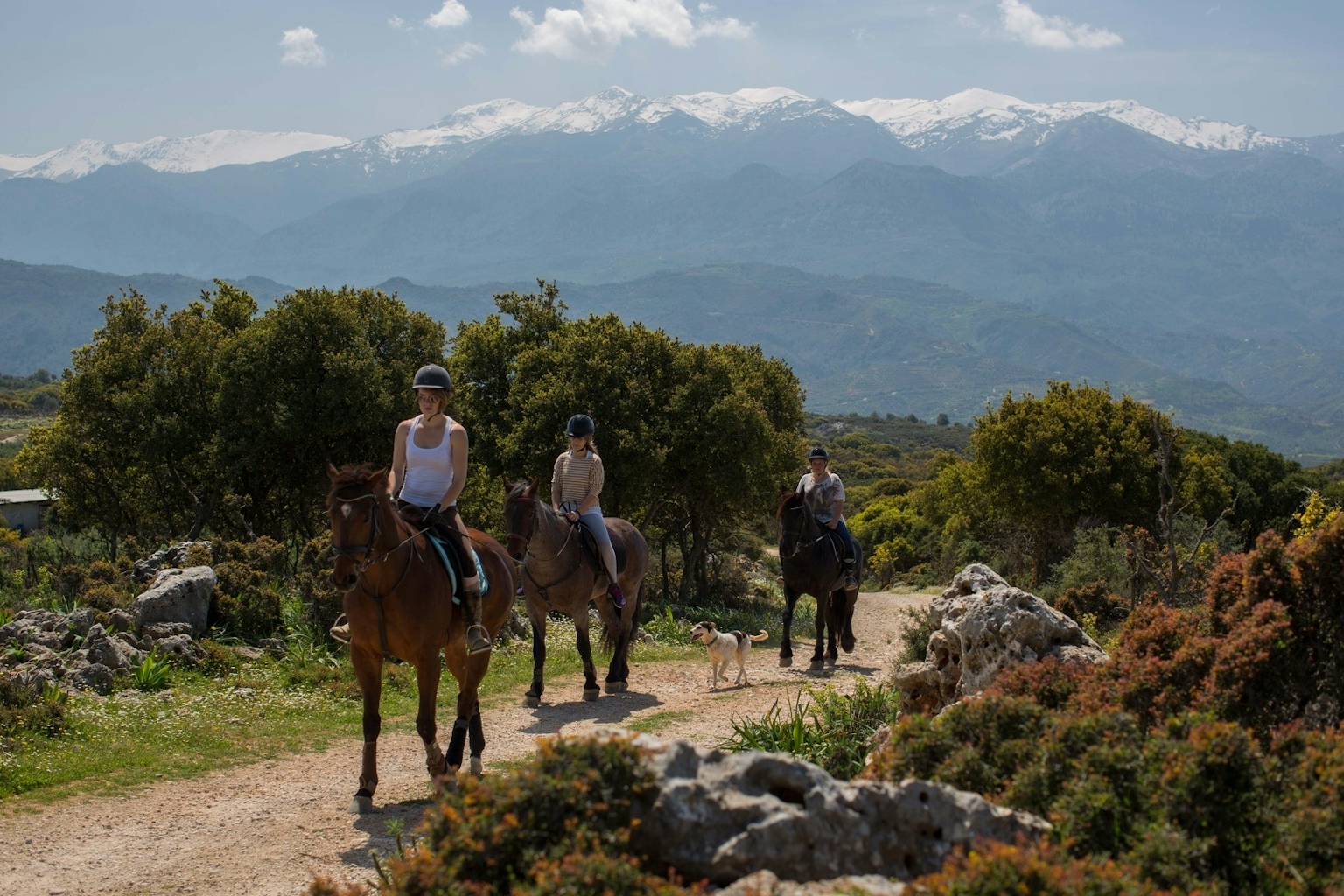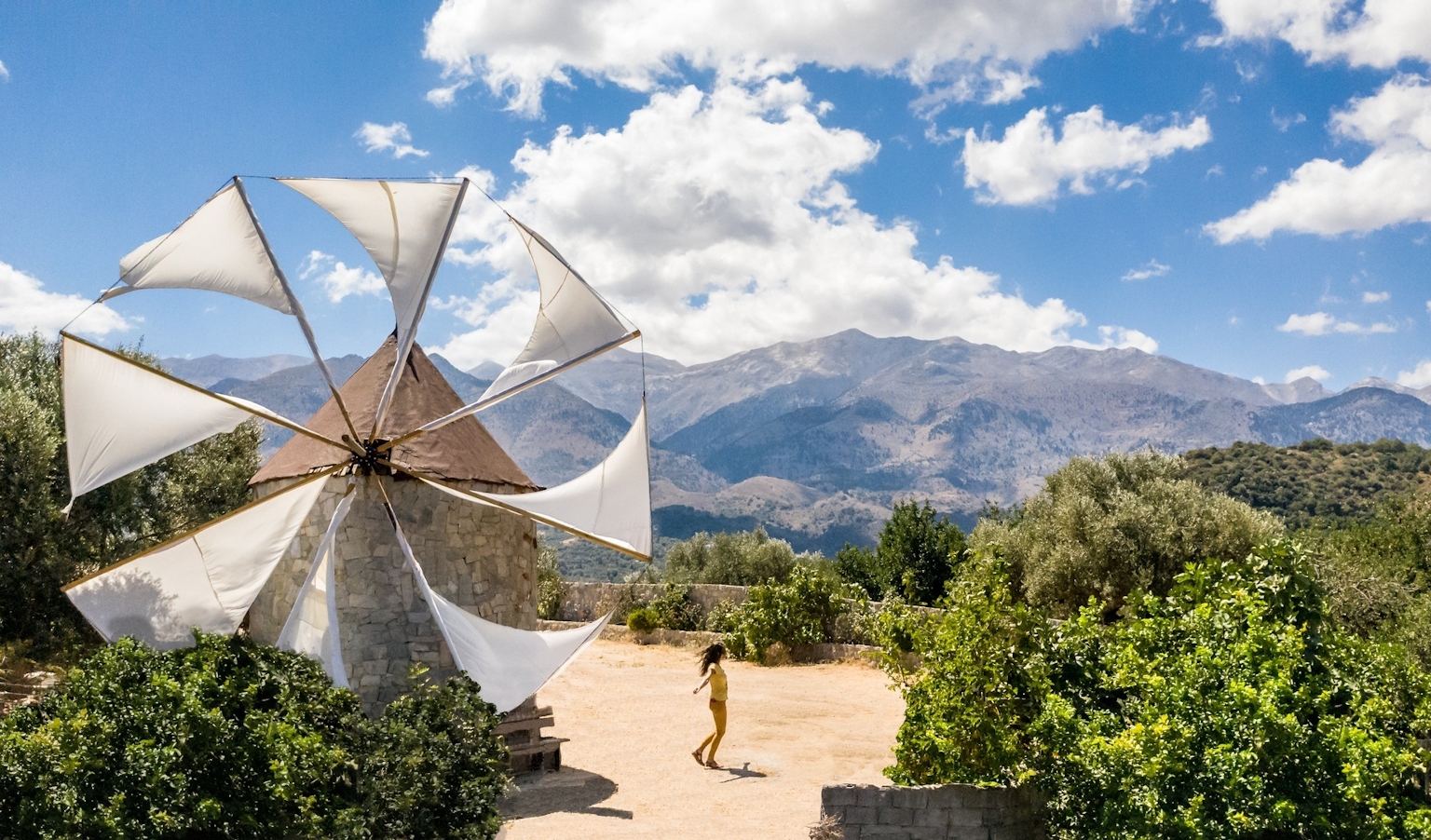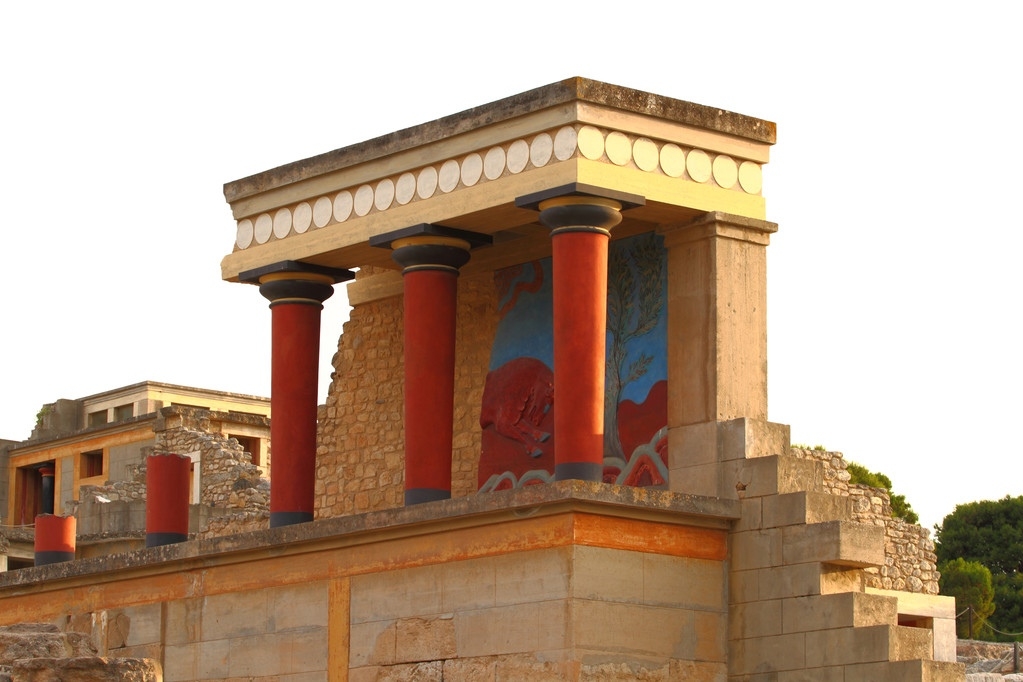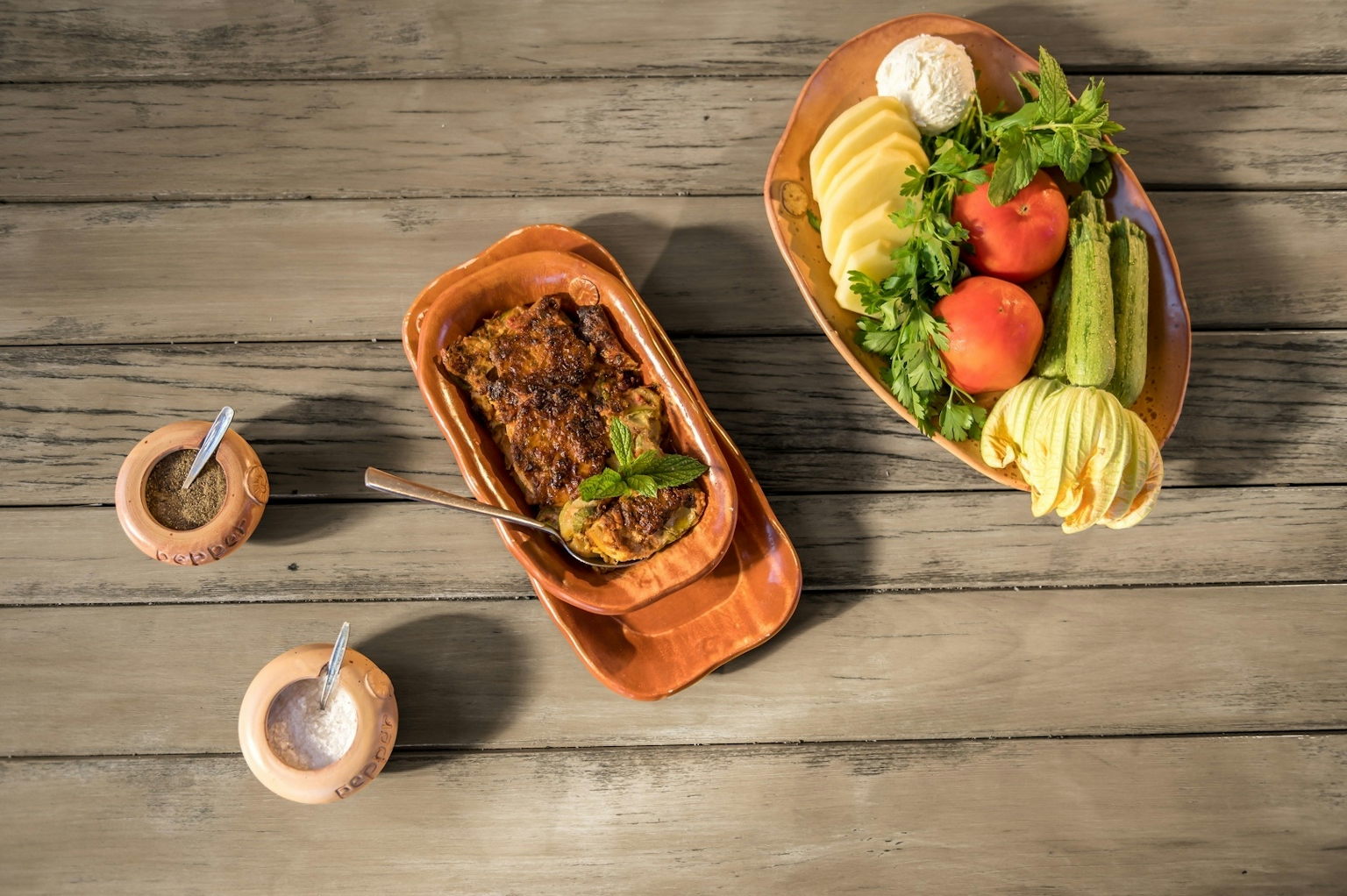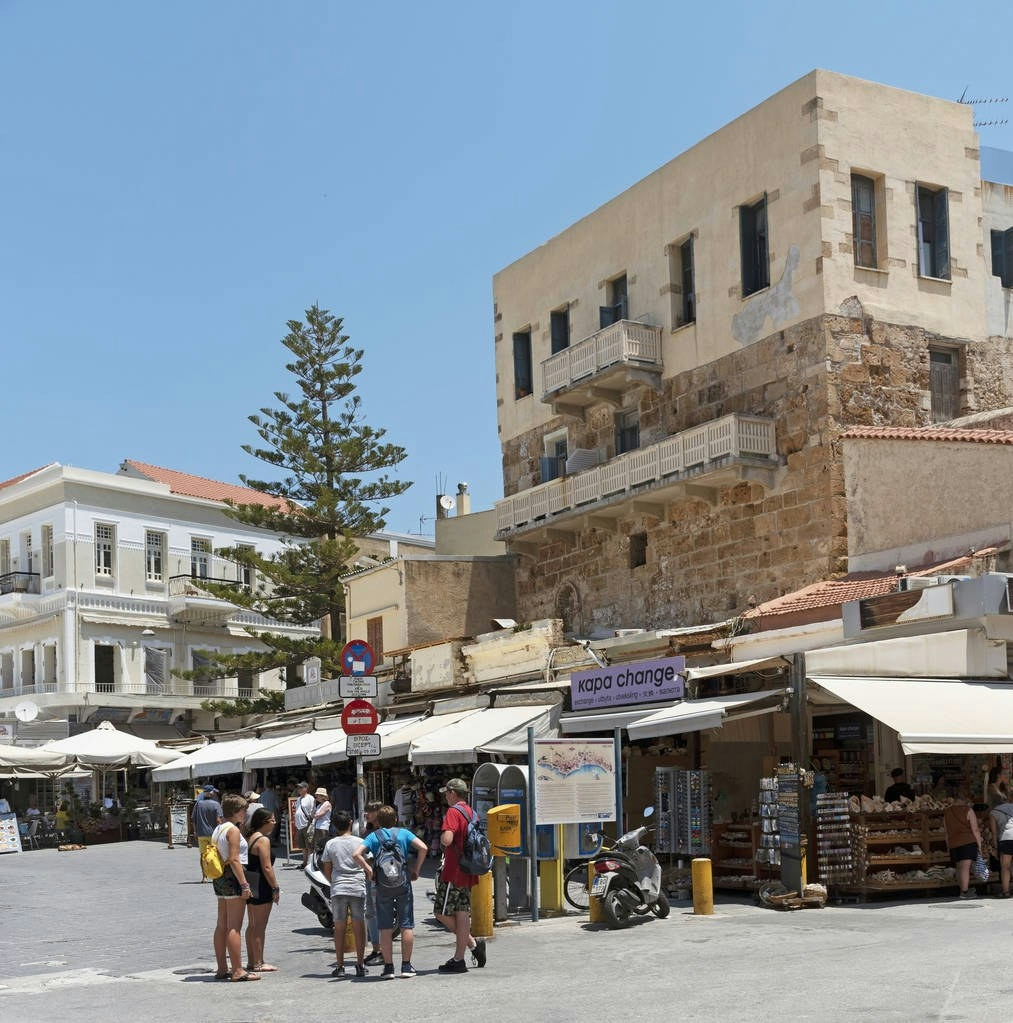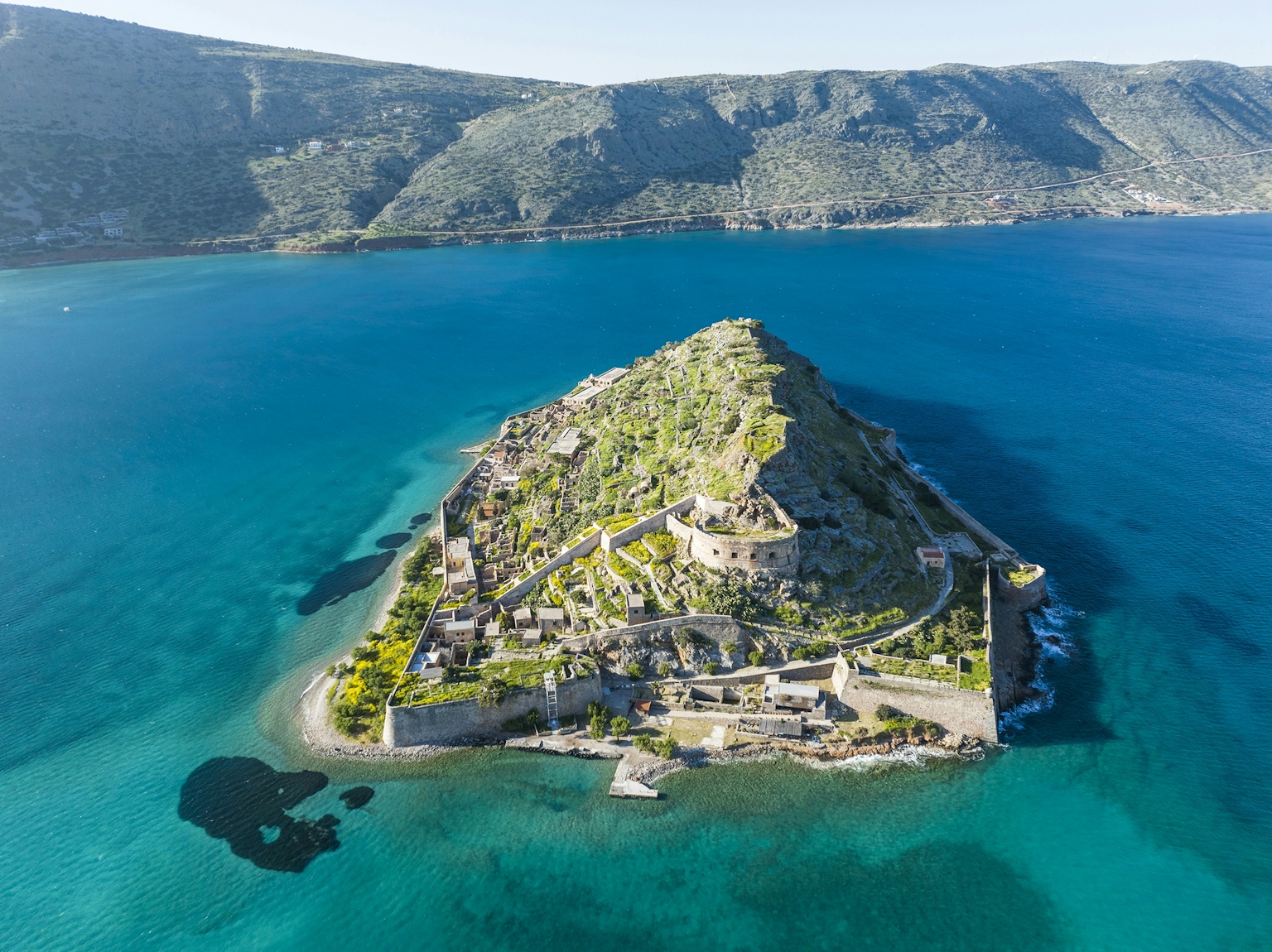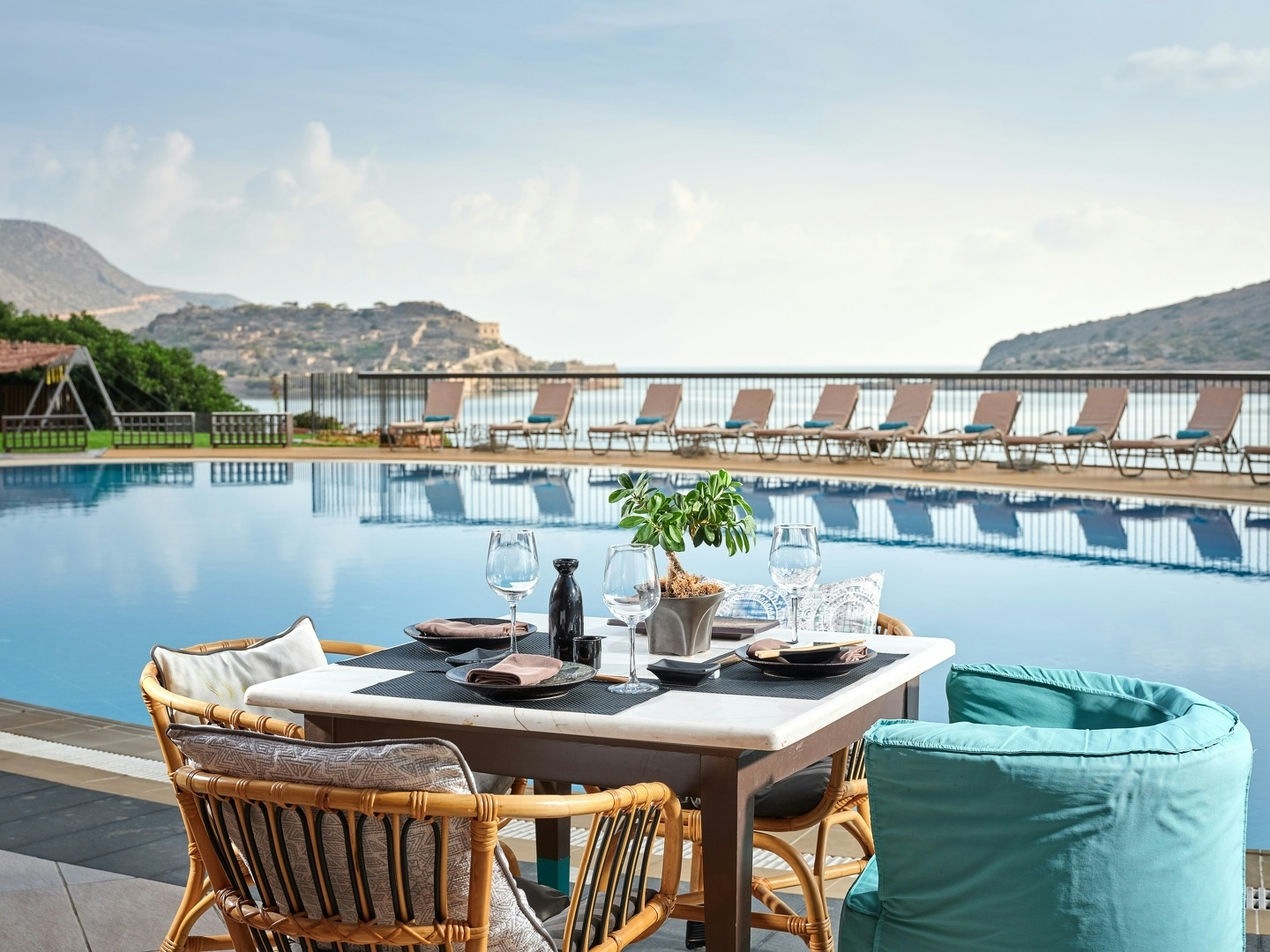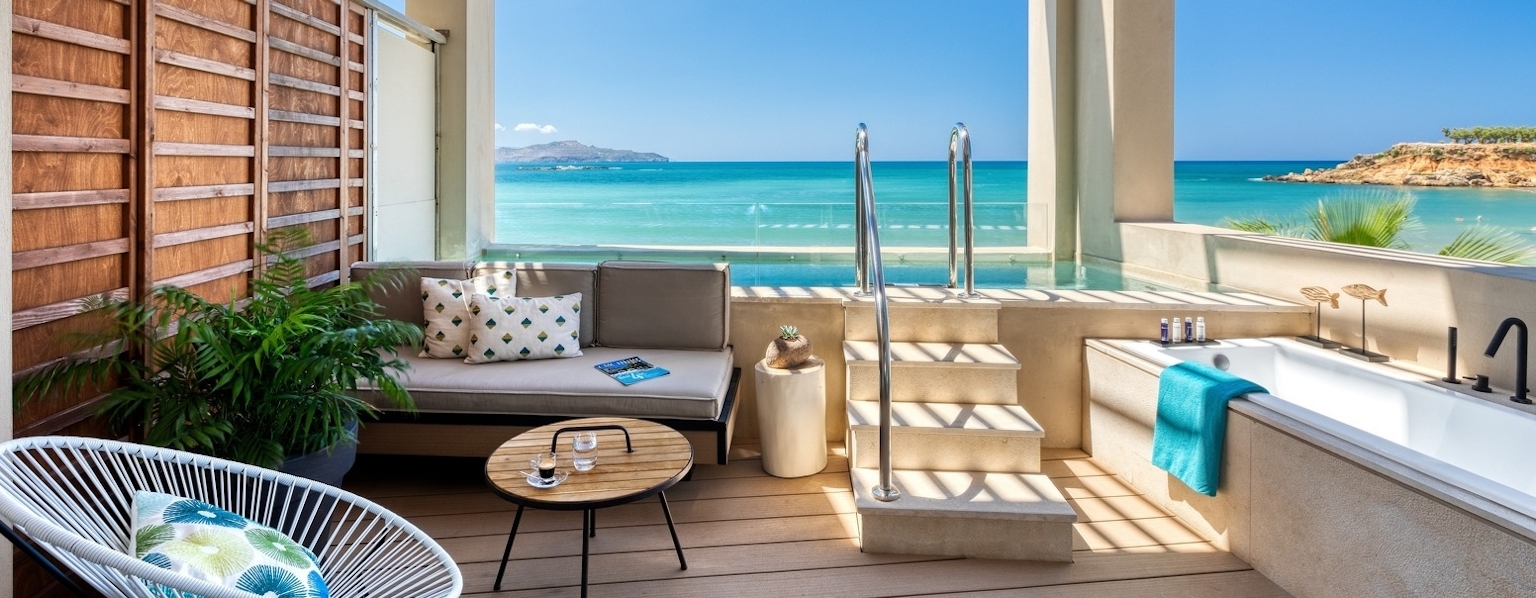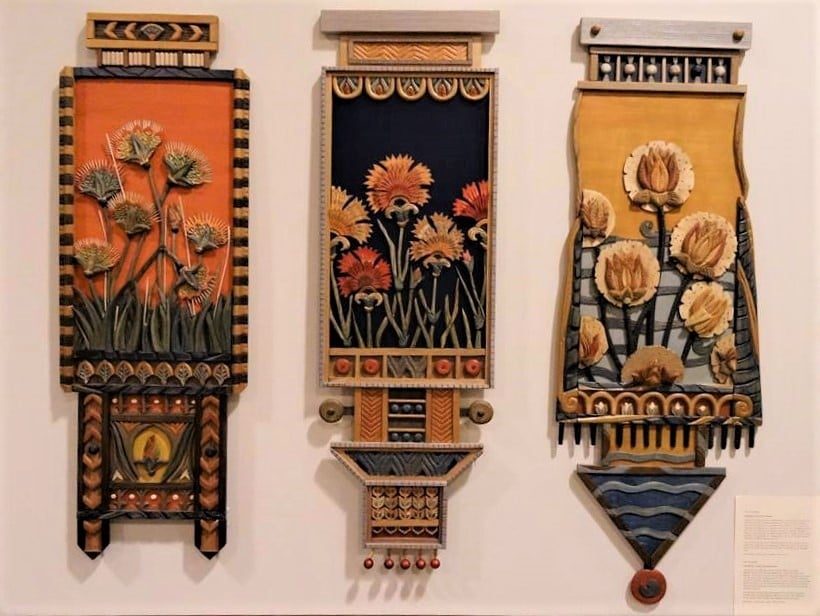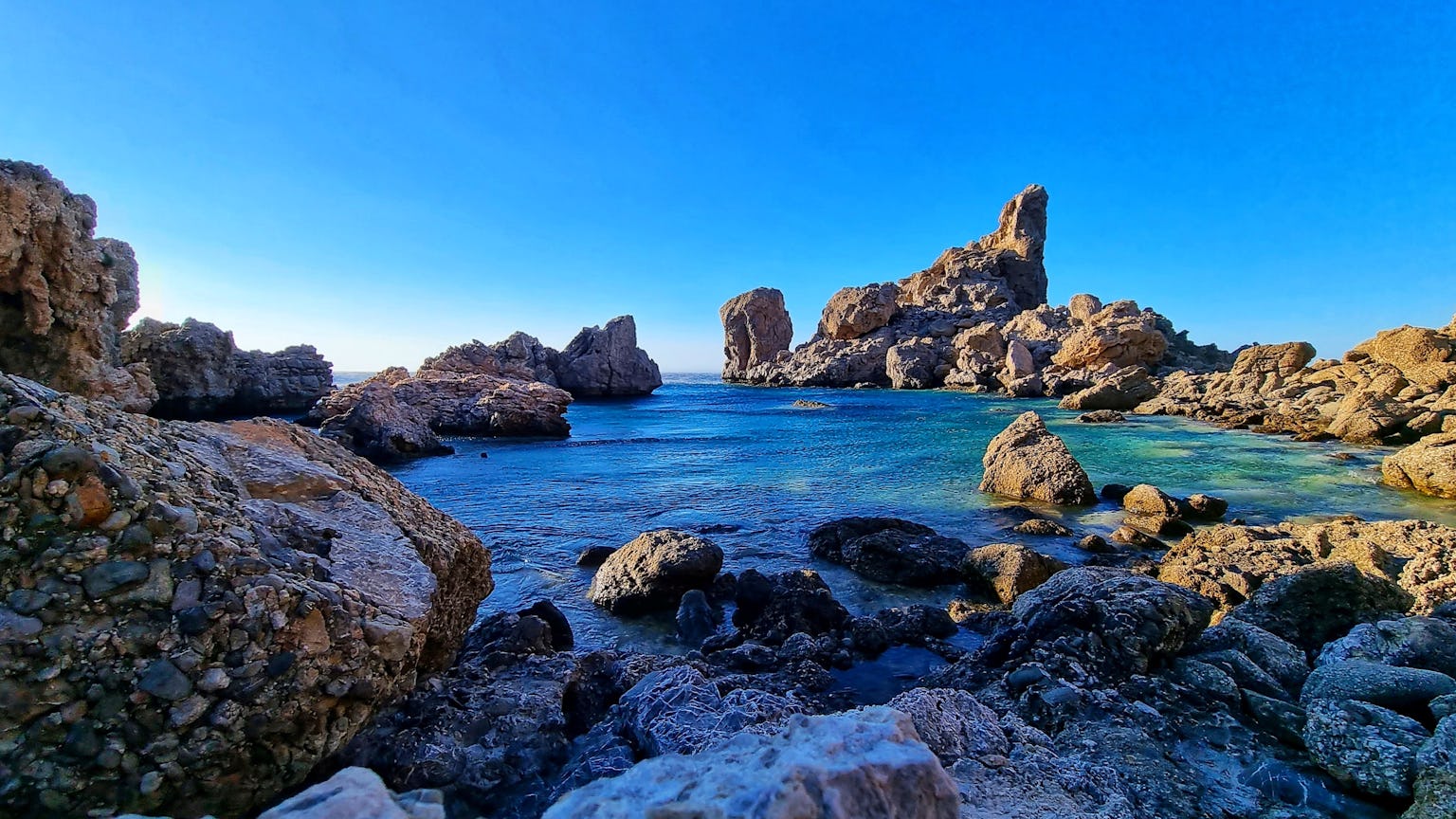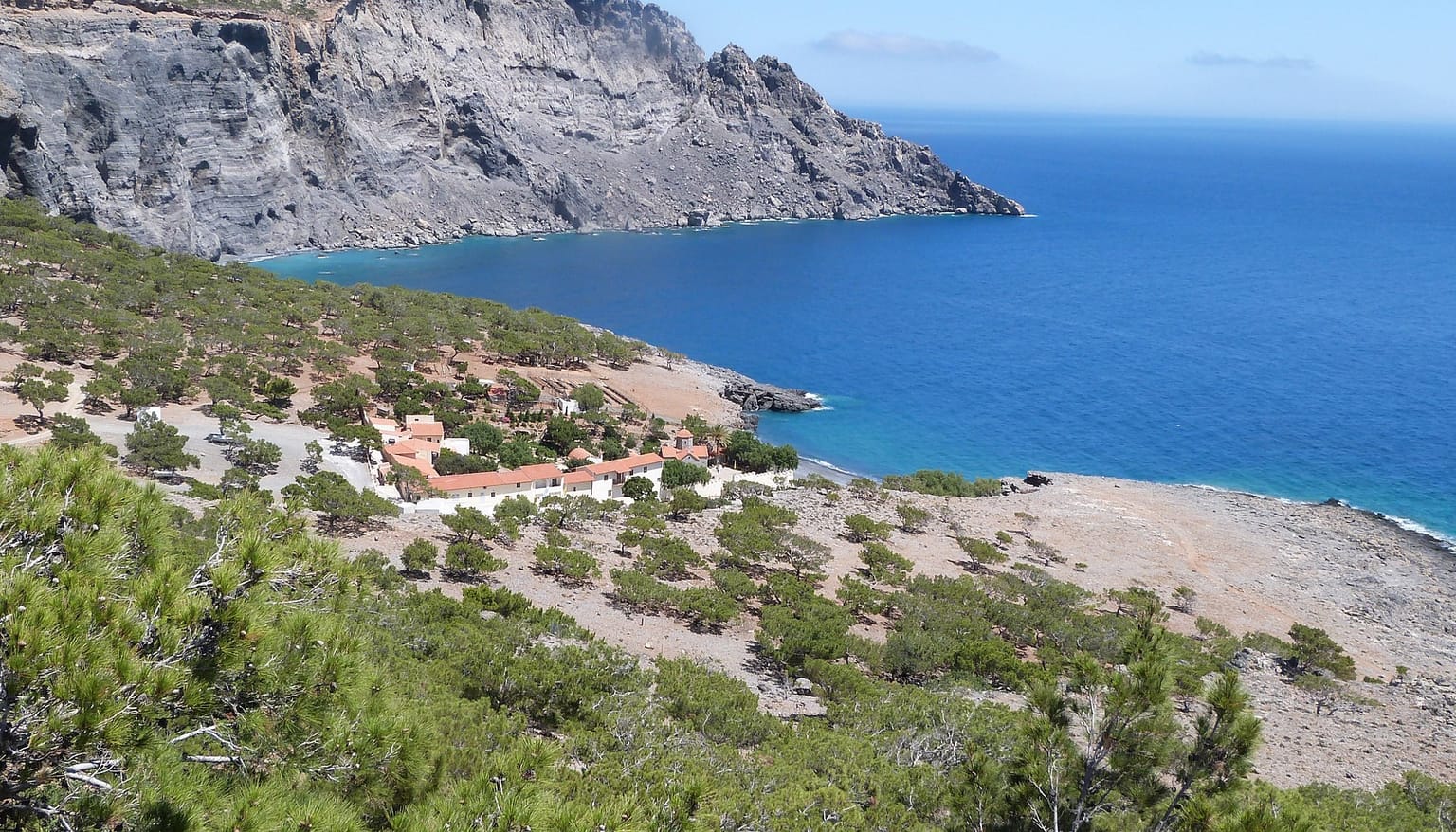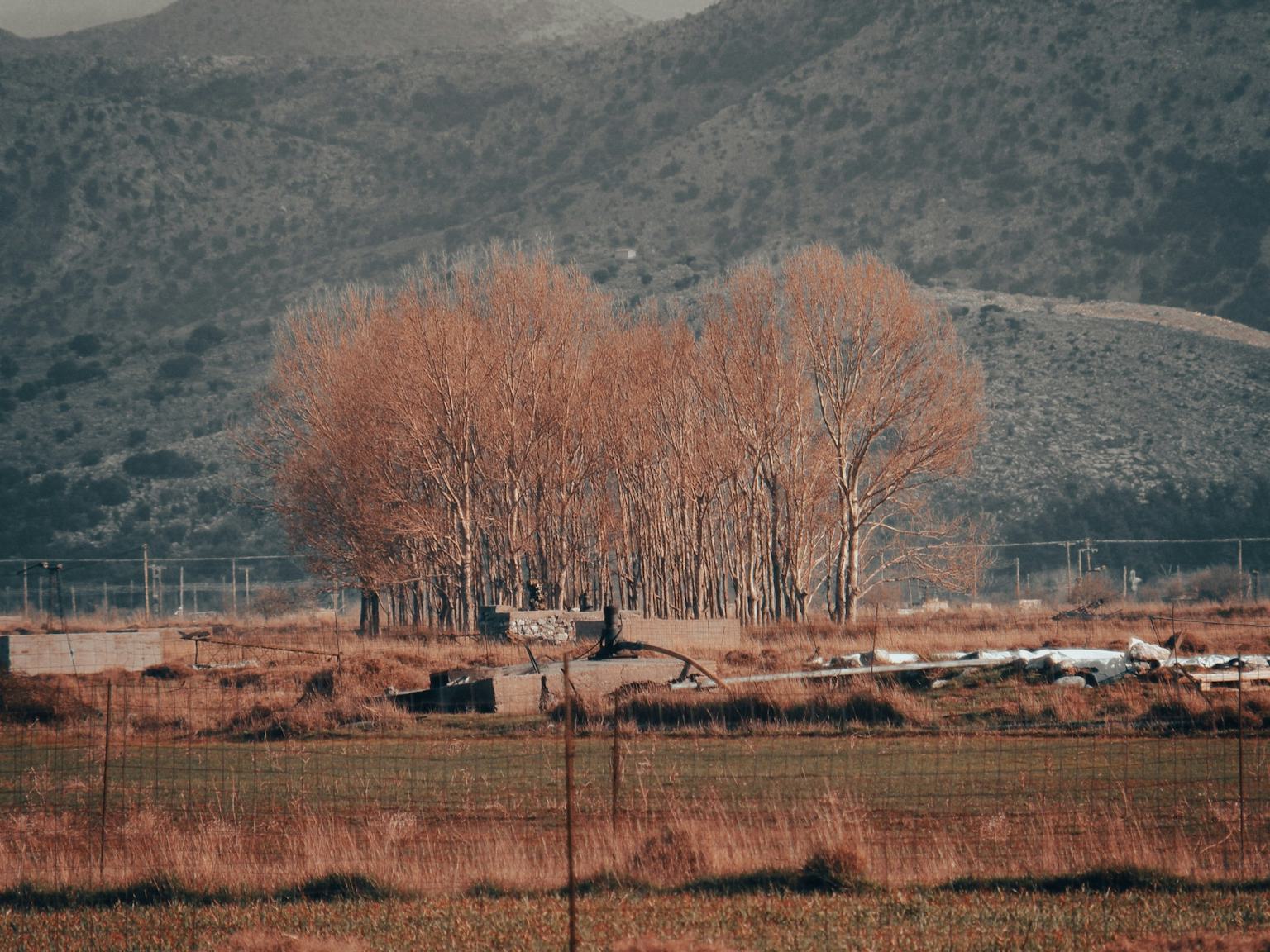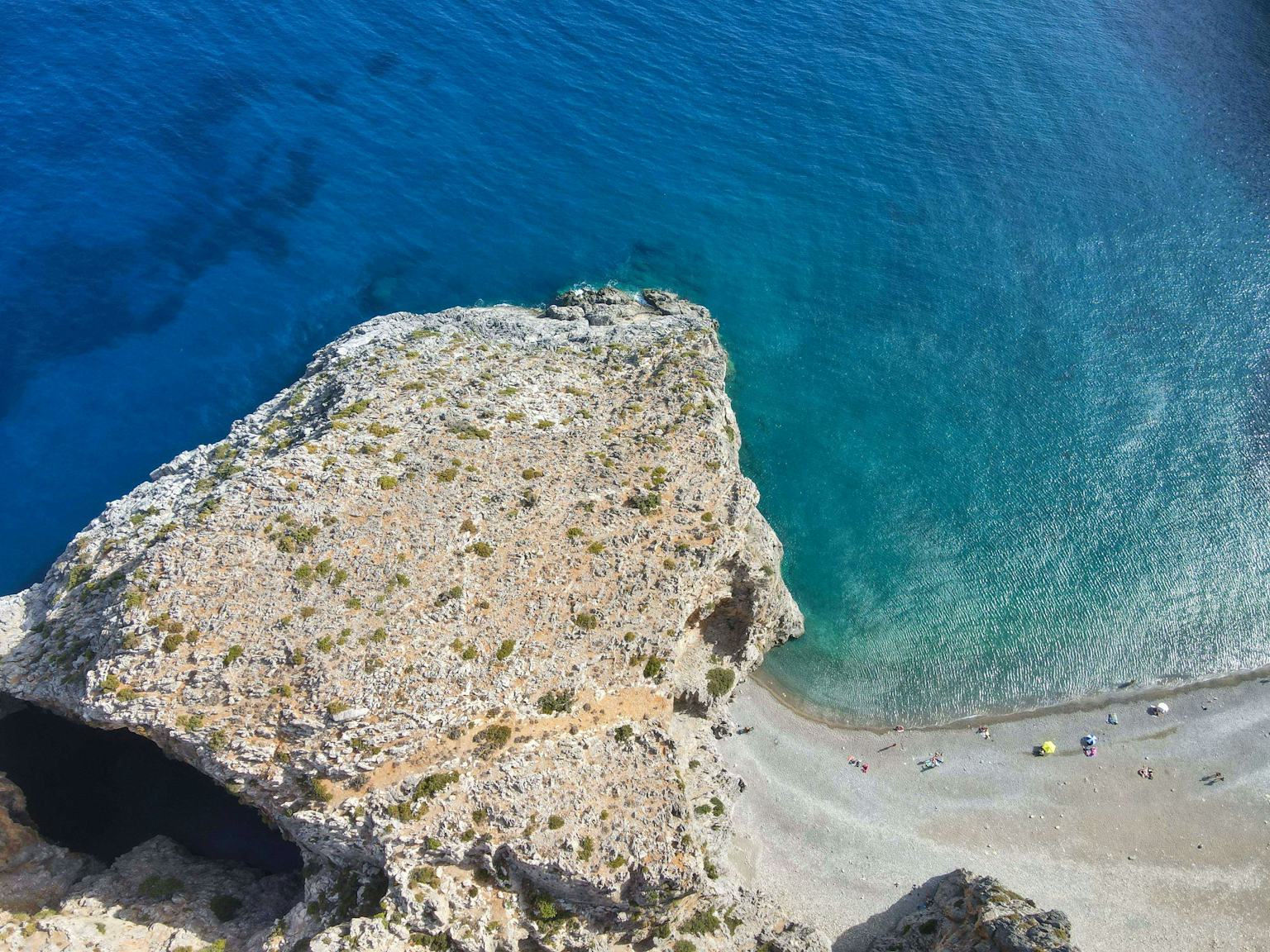Ideon Cave
Ideon Cave
Nature & Outdoors
ABOUT
The ‘Ideon Andron’ or Ideon Cave is situated on the eastern slopes of Mt Ida, specifically on the Nida Plateau, at an elevation of 1,498 metres and is approximately 20 kilometres away from Anogia.
It is one of the most significant caves of worship in Minoan Crete, as it has mythological connections with the god Zeus. The Italian archaeologist F Alber was the first to investigate it, and small-scale excavations were conducted in 1917 by S Xanthoudidis and in 1956 by S Marinatos. Systematic archaeological research, carried out by the Archaeological Society and Ioannis and Efi Sakellarakis from 1982 to 1985, provided evidence of continuous human presence in the Ideon Cave from the 4th millennium BC to the 5th century AD.
The archaeological discoveries confirm sporadic habitation during the final Neolithic period (3300-3000 BC), but there is no evidence of systematic human presence during most of the 3rd millennium BC. It's only during the latter half of the 2nd millennium BC that there is a first indication of the cave's use for religious purposes. The sacred site experienced its highest level of visitation during the Geometric and Archaic periods (10th-6th century BC).
The significance of the cave is well-documented through the presence of numerous and precious offerings, including vases of various sizes, intricate utensils, figurines, exceptional ivory seals, jewellery, miniature gold vessels, and necklaces made from semiprecious stones. Additionally, noteworthy are the bronze votive shields dating back to the 8th -7th century BC, featuring engraved and forged depictions, which are considered among the finest works of art from the ancient world.
In the Classical era (5th century BC), written sources make mention of the religious practices carried out within the cave and ascribe to it a mysterious and chthonic nature. To facilitate these rituals, an area with paving was created inside the cave for the performance of sacrifices. Inscriptions also reveal the presence of a powerful priesthood, which required annual contributions from various Cretan cities. Throughout the Hellenistic and Roman periods (4th century BC – 4th century AD), the cave retained its paramount status as a significant religious centre, continuing its importance until the time of Julian the Transgressor in the mid-4th century AD.
The cave has been brought into focus as part of the Enterprise Programme of Crete and the Aegean Islands for 2007-2013, which was executed by the Ephorate of Palaeoanthropology - Spelaeology of Southern Greece. As a result, it is now accessible to the public.
Source: Ministry of Culture and Sports
see also
Search
for
— things to do or a local business
Trends
